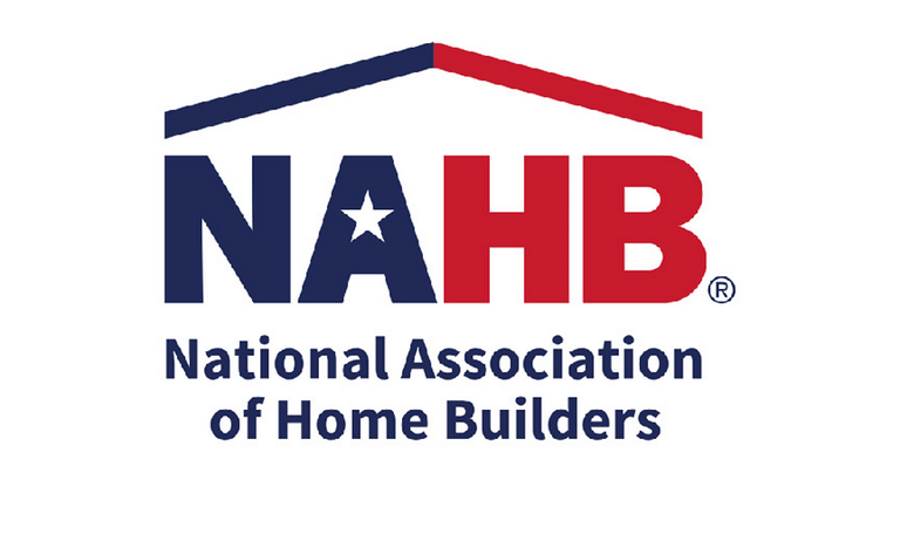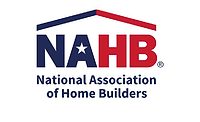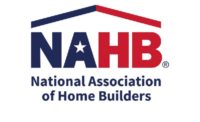In a further sign that housing continues to boost the economy, single-family and multifamily starts each posted solid gains in July, with total housing production up 22.6 percent to a seasonally adjusted annual rate of 1.50 million units, according to a report from the U.S. Housing and Urban Development and Commerce Department. This is the highest production rate since February.
The July reading of 1.50 million starts is the number of housing units builders would begin if they kept this pace for the next 12 months. Within this overall number, single-family starts increased 8.2 percent to a 940,000 seasonally adjusted annual rate. The multifamily sector, which includes apartment buildings and condos, increased 58.4 percent to a 556,000 pace.
"Strong builder confidence and heavy buyer traffic point to further production gains in the near term, but the more than 110 percent jump in lumber prices since mid-April is adding approximately $14,000 to the cost of each new single-family home," said Chuck Fowke, chairman of the National Association of Home Builders (NAHB) and a custom home builder from Tampa, Fla.
"The market is being buoyed by historically low interest rates, a focus on the importance of housing and a shift to the suburbs as more buyers are seeking homes in suburban communities, exurbs and more affordable low density markets," said NAHB chief economist Robert Dietz.
On a regional and year-to-date basis (January through July of 2020 compared to that same time frame a year ago), combined single-family and multifamily starts are 9.3 percent higher in the Northeast, 5.9 percent higher in the Midwest, 5.2 percent higher in the South and 1.4 percent higher in the West.
Overall permits increased 18.8 percent to a 1.50 million unit annualized rate in July. Single-family permits increased 17.0 percent to a 983,000 unit rate. Multifamily permits increased 22.5 percent to a 512,000 pace.
Looking at regional permit data on a year-to-date basis, permits are 3.2 percent higher in the Midwest, 5.4 percent higher in the South, 6.2 percent lower in the Northeast and 1.6 percent lower in the West.
For more details, visit nahb.org.







